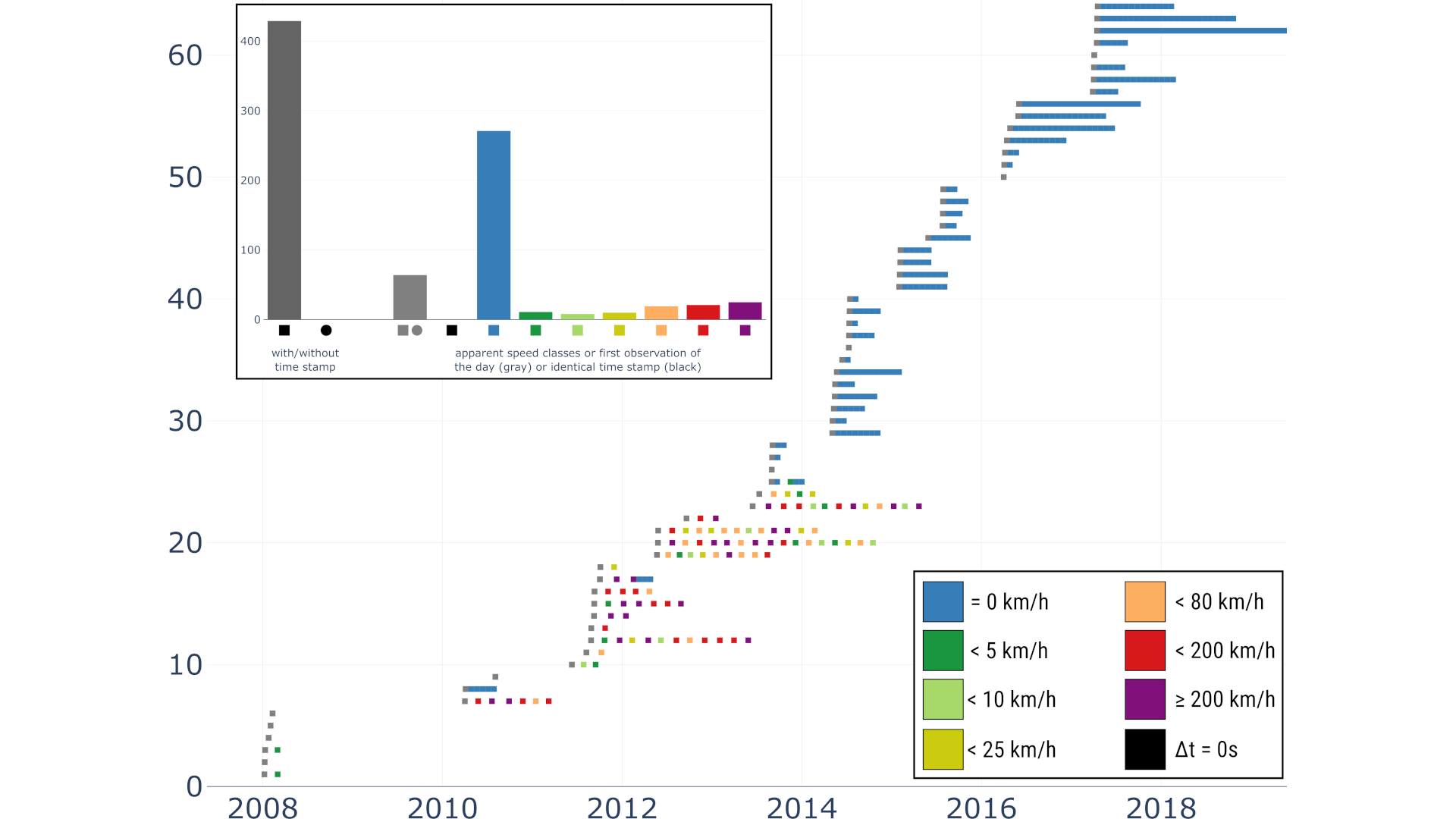Do you believe your (social media) data? A personal story on location data biases, errors, and plausibility as well as their visualization
Tobias Isenberg, Zujany Salazar, Rafael Blanco, Catherine Plaisant
View presentation:2022-10-19T19:12:00ZGMT-0600Change your timezone on the schedule page
2022-10-19T19:12:00Z

Prerecorded Talk
The live footage of the talk, including the Q&A, can be viewed on the session page, Questioning Data and Data Bias.
Fast forward
Keywords
Social media data; Flickr; Panoramio; iNaturalist; data bias; data error; data plausibility; data obfuscation; citizen science
Abstract
We present a case study on a journey about a personal data collection of carnivorous plant species habitats, and the resulting scientific exploration of location data biases, data errors, location hiding, and data plausibility. While initially driven by personal interest, our work led to the analysis and development of various means for visualizing threats to insight from geo-tagged social media data. In the course of this endeavor we analyzed local and global geographic distributions and their inaccuracies. We also contribute Motion Plausibility Profiles---a new means for visualizing how believable a specific contributor’s location data is or if it was likely manipulated. We then compared our own repurposed social media dataset with data from a dedicated citizen science project. Compared to biases and errors in the literature on traditional citizen science data, with our visualizations we could also identify some new types or show new aspects for known ones. Moreover, we demonstrate several types of errors and biases for repurposed social media data.